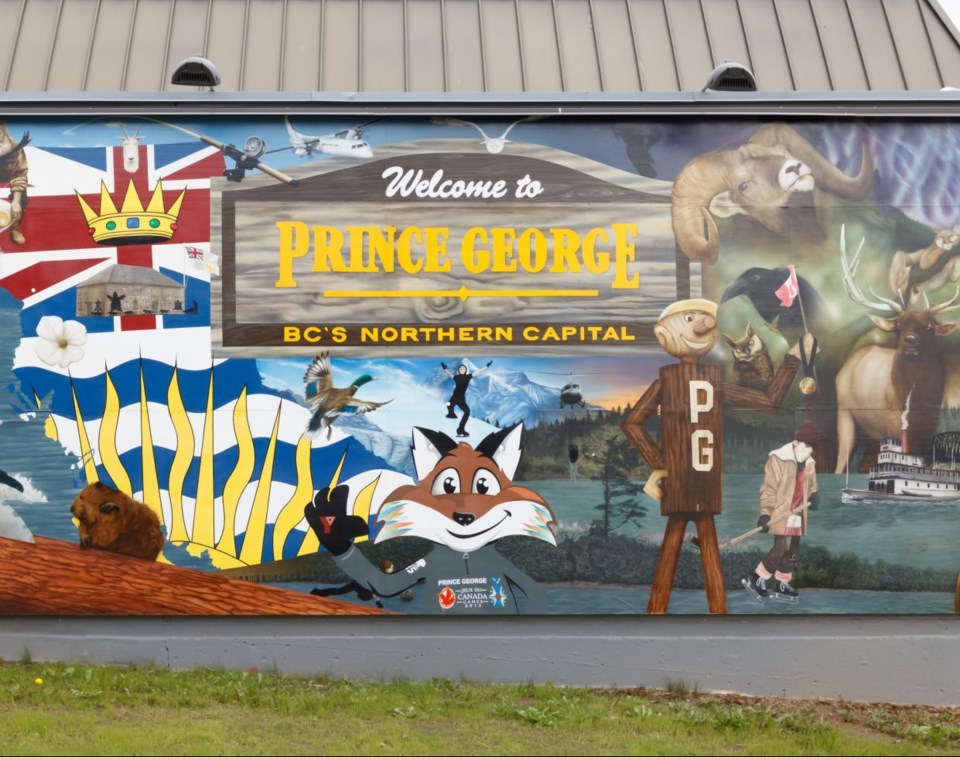Northern B.C. has fared fairly well through more than two years of a global pandemic – but there is uncertainty ahead, according to the 2021 State of the North report.
Mega-projects like the Site C dam, Coastal GasLink and TransMountain pipeline injected billions of dollars and thousands of jobs into the North throughout the last couple of years, says the report released this month by the Northern Development Initiative Trust.
“Last year, we pointed out these projects likely saved our bacon during the depths of the pandemic,” Joel McKay, chief executive officer of Northern Development, says in the report.
That is still true. But these massive private sector investments brought with them a litany of challenges that government responded to with support programs and infrastructure investments of their own that have also buoyed the region economically, he says.
The report, produced independently by MNP, also points out that record timber prices driven by pandemic-driven home reno demand in the U.S. brought an unexpected boost to the lagging forest industry in the first half of last year, to the benefit of several northern communities. However, timber prices have since levelled off.
“This year’s State of the North contains good news, bad news and a lot of uncertainty,” McKay says of the report.
The North, which includes everywhere from the Cariboo and up to the Yukon border, is facing the double trouble of a labour and skills shortage, the report points out.
It was delayed several months awaiting initial data from the 2021 federal census, which showed that, for the most part, these regions have not seen the kind of population growth that has boosted many other areas of B.C. beyond the 604.
“It means Northern B.C. will likely have the toughest time filling job vacancies out of any region in B.C. for the foreseeable future,” McKay points out. “This means employers will either need to temper their expectations on scaling to growth or get creative to attract people. The data would also suggest there’s a gap between the skills that job seekers have and the skills that Northern B.C. employers need.”
In addition to the labour shortages and slow population growth, the North is facing high risk of more floods and fires, as well as the pressures created by the war in Ukraine.
Major construction projects and strong commodity prices will continue to bolster various industry sectors for the next few years but like everywhere else, small- and medium-sized businesses in the North have been hit hard by two years of pandemic lockdown measures.
Todd Corrigall, CEO of the Prince George Chamber of Commerce, points out that SMEs are B.C.’s largest business sector, accounting for 90 per cent of business licences in the province. These businesses need to be put at the forefront of government’s pandemic recovery planning as many of the support programs come to an end, he says in the report.
Aside from reinvesting in the promise to improve connectivity in the North and rural B.C., the provincial budget had little to offer in the way of support specific to the 90 per cent of the province that is not Metro Vancouver.
McKay says there is a window of opportunity to capitalize on these major projects to grow small- and medium-sized enterprise in the North and make the infrastructure and service improvements that will make northern communities more attractive to newcomers.
“Together, these efforts will support long-term economic diversity and stability for the north,” he says.



